Table of content
Cooking is an art form that combines creativity with precision, transforming simple ingredients into culinary delights. Among the myriad of dishes that dot the global culinary landscape, dry-pot pork ribs stand out for their savory, umami-rich flavors and the perfect balance of tender meat and crispy edges. This dish, often associated with Sichuan cuisine, is characterized by its fiery spice, aromatic herbs, and the unique cooking method that involves simmering the ingredients in a small amount of liquid until the sauce thickens and the meat becomes succulent. In this article, we’ll delve into the intricacies of how to make dry-pot pork ribs, ensuring every step is meticulously explained for a restaurant-quality meal at home.
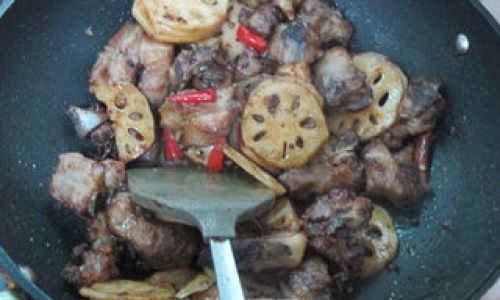
Understanding the Ingredients
Before diving into the cooking process, it’s crucial to gather the right ingredients. For dry-pot pork ribs, you’ll need:
- Pork Ribs: Preferably pork spare ribs, cut into small, bite-sized pieces. Ensure they are well-trimmed of excess fat for a healthier dish.
- Vegetables: Common choices include potatoes, carrots, bell peppers, and onions. These not only add color and texture but also absorb the flavors of the sauce.
- Aromatics: Garlic, ginger, and scallions are essential for building the foundation of the dish’s aroma.
- Spices and Seasonings: Sichuan peppercorns, star anise, cloves, and cinnamon sticks provide depth, while soy sauce, dark soy sauce for color, and Chinese rice vinegar add complexity. Don’t forget chili flakes or fresh chilies for that signature heat.
- Oil: Vegetable or peanut oil is ideal for frying and cooking the dish.
- Stock or Broth: Chicken or beef stock enhances the flavors and keeps the meat moist during cooking.
- Cornstarch: For thickening the sauce if needed.
Preparation Steps
Marinating the Pork Ribs
Start by marinating the pork ribs. In a large bowl, combine the pork ribs with a few tablespoons of soy sauce, a splash of Chinese rice vinegar, minced garlic, grated ginger, and a pinch of salt. Let this marinate for at least 30 minutes, preferably overnight in the refrigerator for maximum flavor penetration.
Preparing the Vegetables
While the ribs are marinating, chop the vegetables into uniform pieces. Potatoes and carrots should be cut into small cubes, while bell peppers can be sliced into strips and onions into wedges. This ensures even cooking and a visually appealing dish.
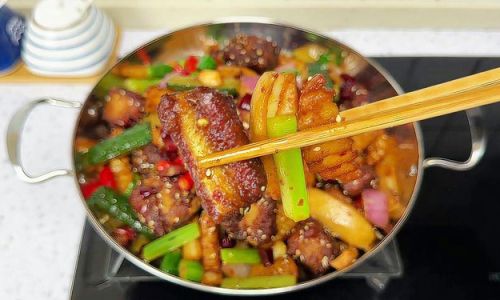
Blanching the Vegetables
Blanch the harder vegetables like potatoes and carrots in boiling water for about 5 minutes until they are partially cooked but still firm. Drain and set aside. This step helps them cook evenly with the pork ribs later.
Frying the Pork Ribs
Heat a generous amount of oil in a wok or deep frying pan over medium-high heat. Pat the marinated pork ribs dry to avoid splattering. Fry the ribs in batches until they are golden brown and slightly crispy on the outside. This locks in juices and adds a delightful crunch to the final dish. Remove and drain on paper towels.
Assembling the Dry Pot
In a large, heavy-bottomed pot or wok, heat a small amount of oil. Add the remaining aromatics – sliced garlic, ginger, and scallions – and sauté until fragrant. Add the spices – Sichuan peppercorns, star anise, cloves, and cinnamon sticks – and toast lightly until their aroma is released.
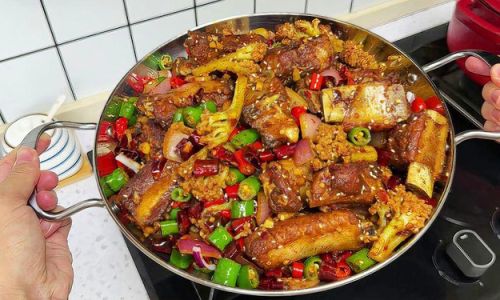
Simmering
Return the fried pork ribs to the pot, adding the blanched vegetables and fresh chilies or chili flakes according to your taste preference. Pour in enough stock to cover the ingredients halfway. Add dark soy sauce for color and additional soy sauce for seasoning. Bring to a simmer, then reduce the heat to low and cover, allowing the mixture to cook slowly for about 30-40 minutes, or until the pork ribs are tender and the sauce has thickened.
Final Touches
If the sauce is not as thick as you like, you can mix a slurry of cornstarch and water and stir it into the pot. Continue to cook until the desired consistency is achieved. Taste and adjust seasoning with more soy sauce, salt, or chili flakes if needed.
Garnishing and Serving
Serve the dry-pot pork ribs hot, garnished with chopped scallions or cilantro for a fresh, herbal note. It pairs wonderfully with steamed rice or noodles, soaking up the delicious, spicy-sweet sauce.
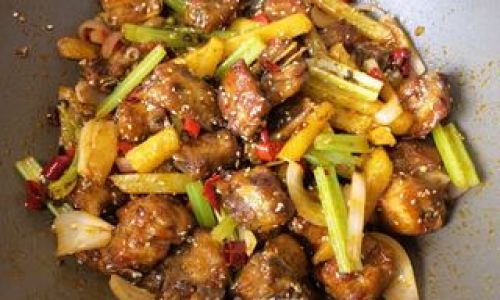
Conclusion
Making dry-pot pork ribs at home may seem like a daunting task, but with careful preparation and attention to detail, you can achieve a dish that rivals the best restaurants. The key lies in the balance of flavors, the perfect cooking of the meat, and the harmonious blend of vegetables. This dish is not just a meal; it’s an experience that engages all your senses, from the aromatic spices to the succulent texture of the pork ribs. So, gather your ingredients, follow these steps, and embark on a culinary journey that promises a rewarding and delicious destination. Enjoy your homemade dry-pot pork ribs!

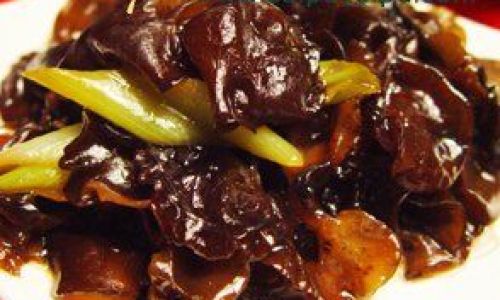
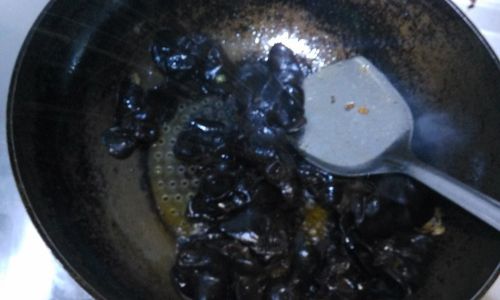
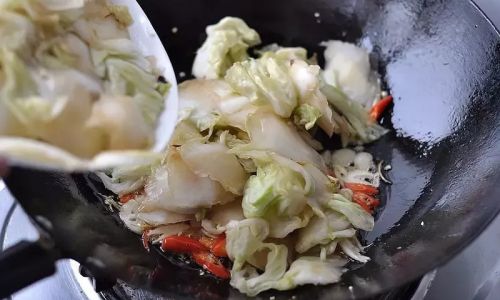
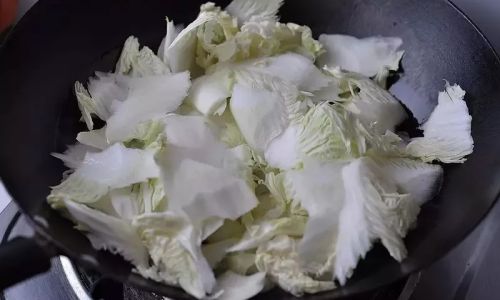
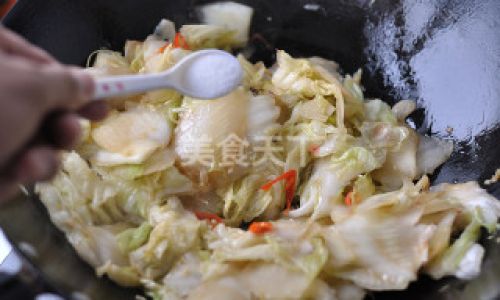
0 comments